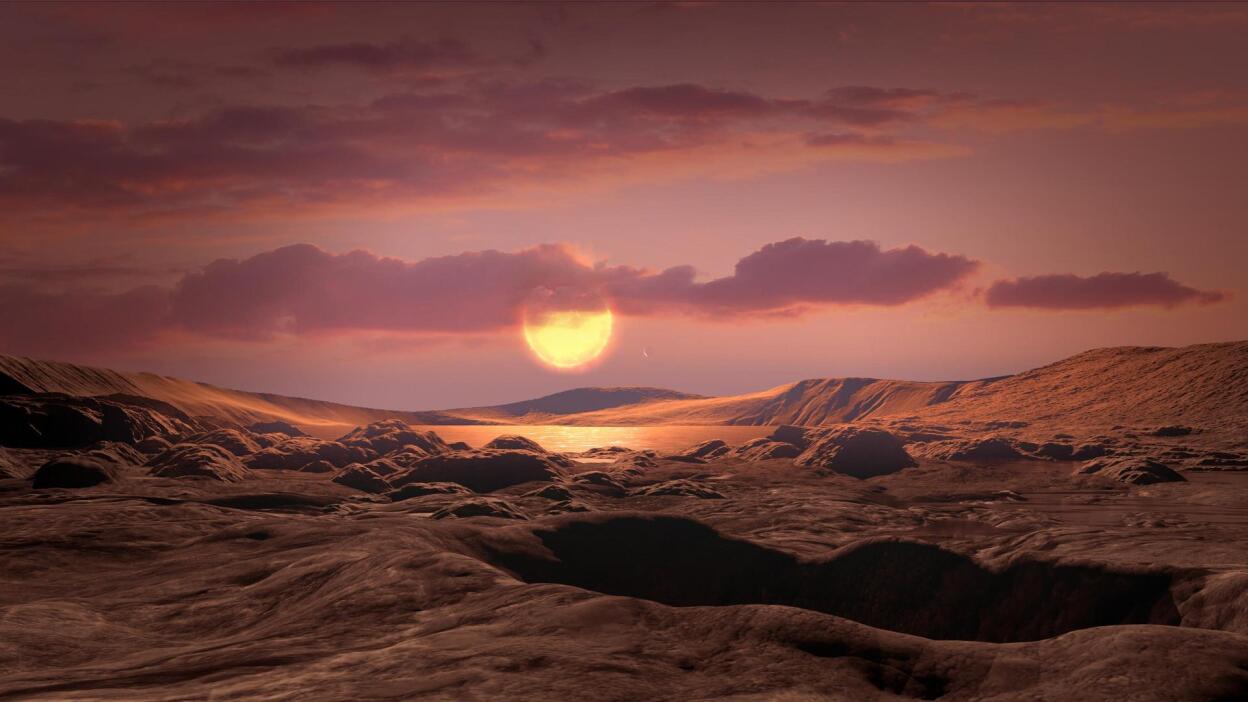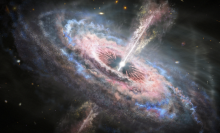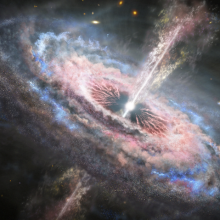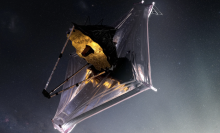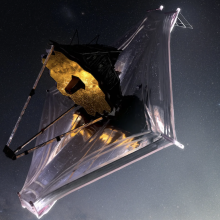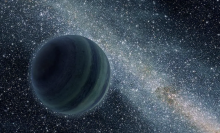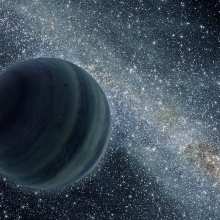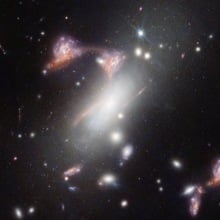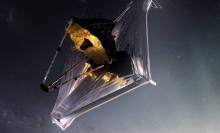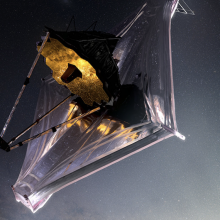The James Webb Space Telescope will soon begin a massive study of rocky worlds outside the solar system, specifically to discover if planets orbiting closely to small cool stars could have air.
Scientists plan to start with LTT 1445 Ac and GJ 3929 b, and though those exoplanets might not be household names, they are tantalizing subjects, relatively near Earth in space. Each was discovered two years ago using NASA's Transiting Exoplanet Survey Satellite while conducting a survey of thousands of stars.
LTT 1445 Ac is roughly the size of Earth and about 22 light-years away in the constellation Eridanus. The planet orbits the star LTT 1445 A, part of a trio of red dwarf stars. GJ 3929 b is slightly larger and heavier than Earth, located about 52 light-years away in the constellation Corona Borealis.
These two worlds are just the initial targets of a campaign that will take a closer look at a dozen nearby-ish planets over the next two years. The program, first reported by Mashable, will budget about 500 hours for observation with the Webb telescope, along with about 250 orbits of ultraviolet observations with the Hubble Space Telescope to help characterize the host stars' activity.
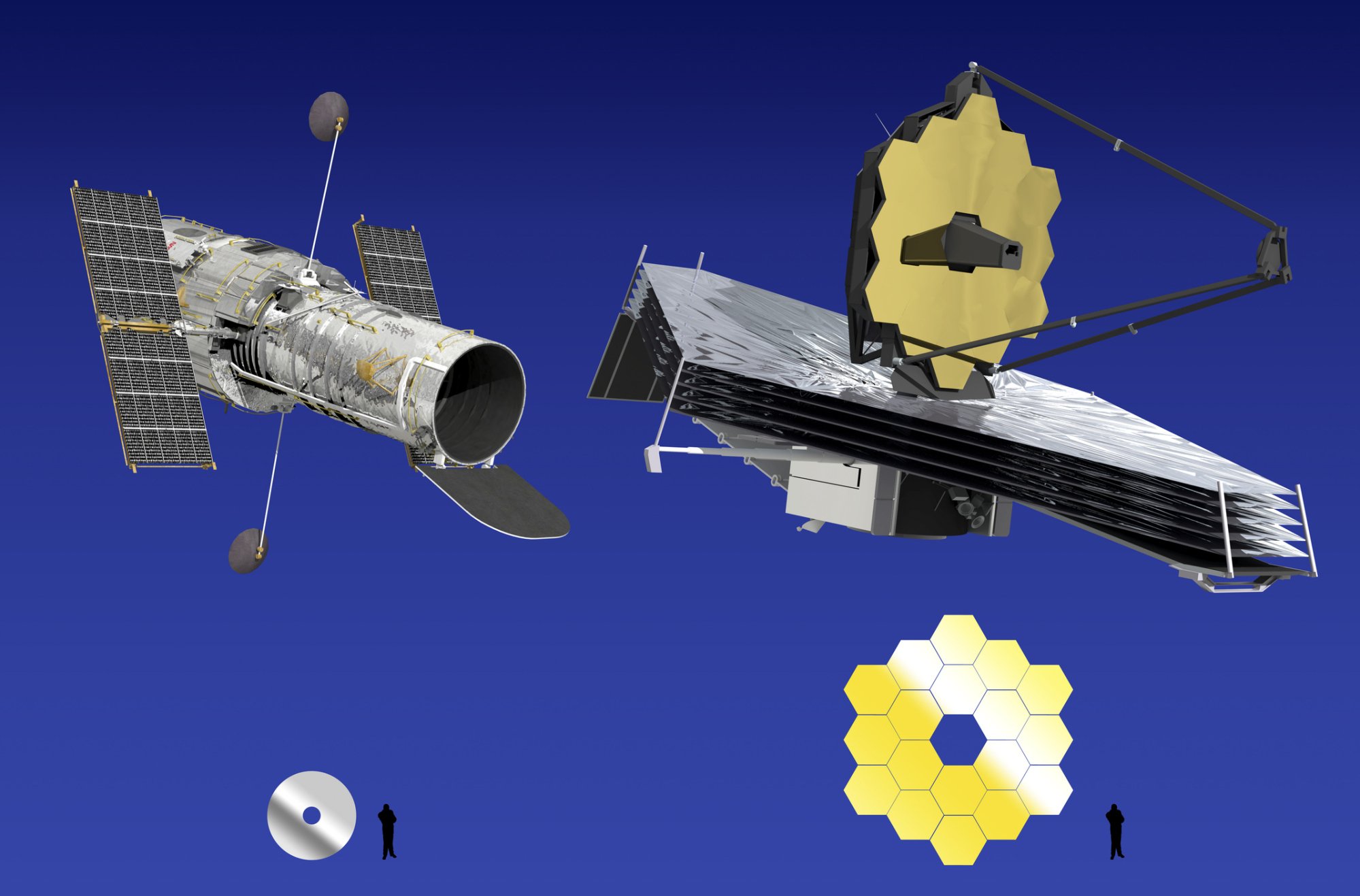
Jennifer Lotz, who oversees Webb and Hubble's operations at the Space Telescope Science Institute in Baltimore, initiated the survey using the director's discretionary time, the same way revolutionary science campaigns like the Hubble deep field images came to fruition.
Most astronomers agree that detecting atmospheres is crucial in the search for habitable worlds. NASA has playfully called Earth's own atmosphere its "security blanket": Without it, the type of life flourishing here wouldn't exist. This cocoon holds oxygen in the air and filters out harmful ultraviolet radiation from the sun, all while keeping our world warm. Furthermore, it creates pressure that allows liquid water to pool on the surface.
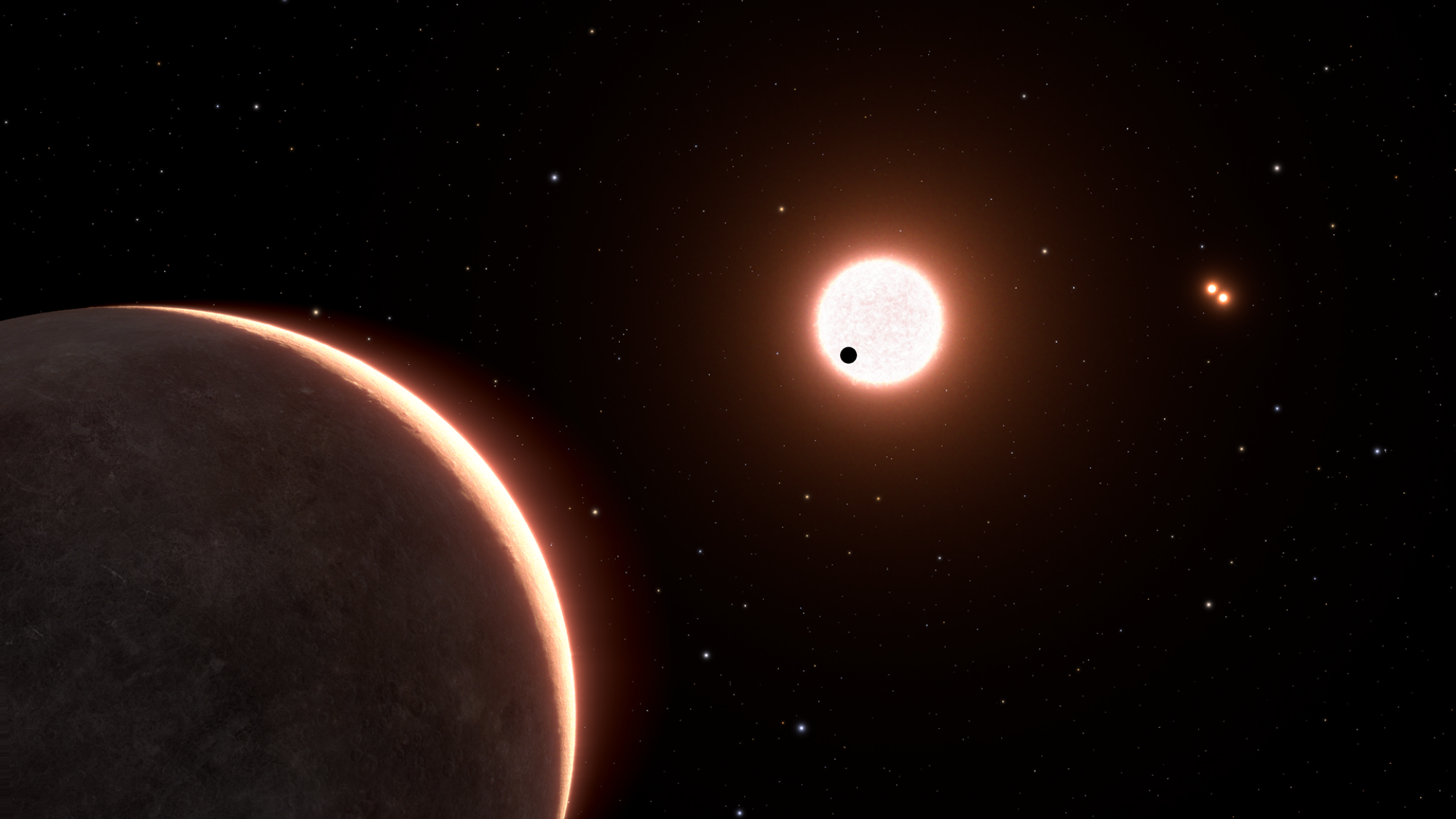
Red dwarf stars, sometimes referred to as M-type stars, are the most common stars within the Milky Way, yet nobody knows whether planets orbiting them can hold onto atmospheres, said Néstor Espinoza, an astronomer heading the program's implementation.
There's a key difference between the first two survey targets and Earth: Both are so close to their stars, their years are only about three Earth-days long. That may not be a problem, given that their host stars aren't as hot as the sun, but could an atmosphere survive the constant barrage of this stellar radiation?
"This is one of those high-risk, high-reward programs," Espinoza told Mashable. "Imagine that for all of the targets, we detect atmospheres. Then you answer the question, 'Yes, atmospheres are very common around these stars. That means maybe life can emerge.' On the other hand, if you found out that none of them have atmospheres, that would be pretty sad, but also pretty interesting. It would mean that our planetary system is actually really, really special."
Topics NASA
